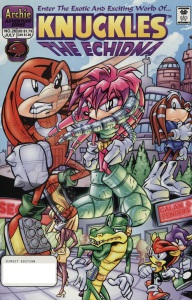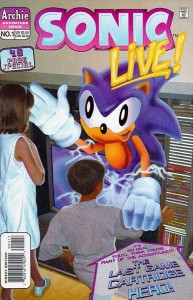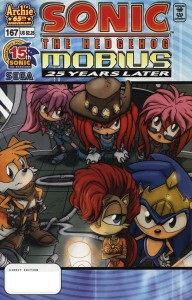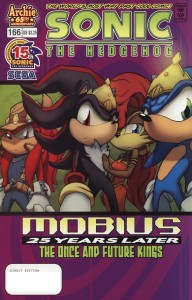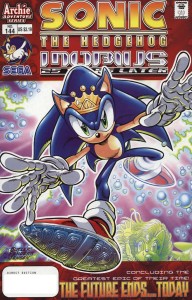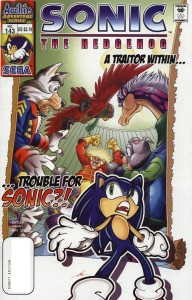It’s been 13 years since David last thrilled us with his look back at the Archie Sonic the Hedgehog comic’s letter page “Sonic Grams”. Like many beloved long dormant franchises, we’re bringing the segment back to pull at your nostalgic heartstrings AND to introduce some long lost Archie Sonic content from the Ken Penders era!
David sat down with me on the long-running SEGAbits podcast The Swingin’ Report Show to not only discuss the history of Sonic-Grams, but also debut three long lost newsletters published alongside the comic book which featured writings from Ken Penders covering what was happening in the comics as well as shining the spotlight on fellow writers and artists. The full episode is below, and I’ve also linked the comic pages featuring the PDF scans of the newsletters.
But here is the important part: We are missing Volume 1, Number 1! It was released before issue 28, likely in the summer of 1994, but that is all we know. If you own the first newsletter, let us know in the comments and please scan and upload it to the Sonic Retro wiki!
Volume 1 #2: Archie Sonic issue 28
Volume 2 #1: Archie Sonic issue 40
Volume 3 #1: Archie Sonic issue 49

![dymaftu[1]](https://www.sonicretro.org/wp-content/uploads/2016/03/dymaftu1-300x120.png)
